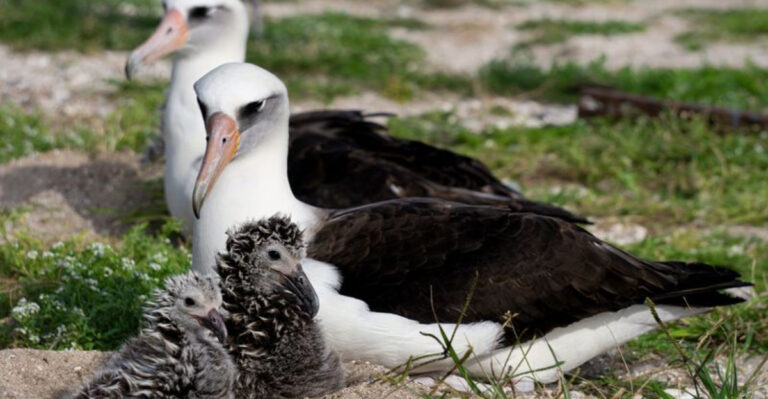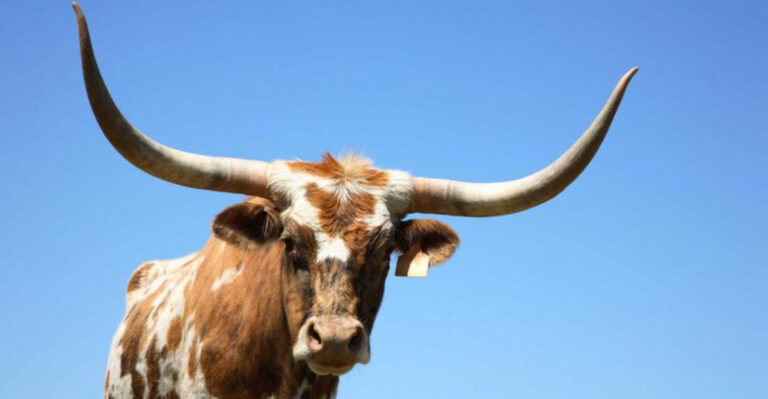Why Did Flightless Birds Take Over After Dinosaurs Disappeared?

When the asteroid hit Earth 66 million years ago, it wiped out dinosaurs but opened new doors for birds. Surprisingly, many birds that thrived afterward couldn’t fly!
These flightless birds grew huge, spread across continents, and ruled ecosystems for millions of years.
1. The Apex Predators Were Gone
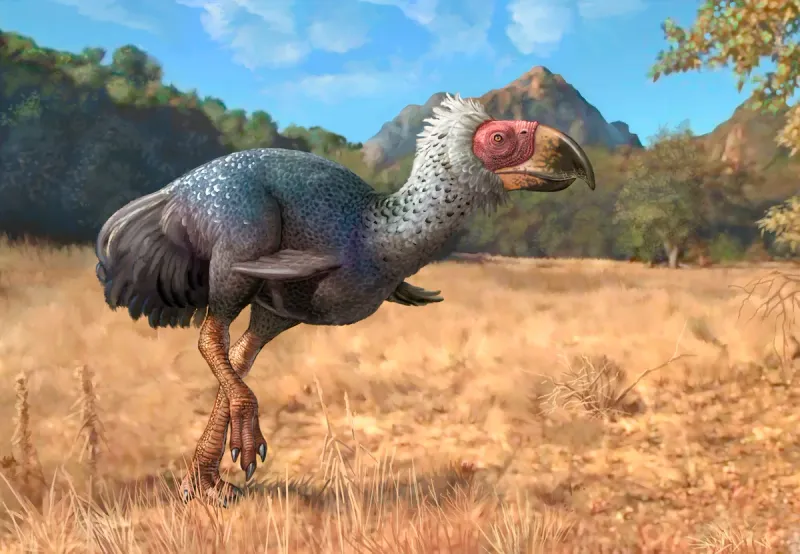
Imagine a world suddenly free of T. rex and other terrifying dinosaurs! Their absence created a golden opportunity for birds.
Without huge carnivores patrolling the landscape, flightless birds could safely wander and grow larger. The extinction event cleared the playing field, allowing birds to evolve into roles previously dominated by their dinosaur cousins.
2. Birds Were Already Evolving During The Age Of Dinosaurs
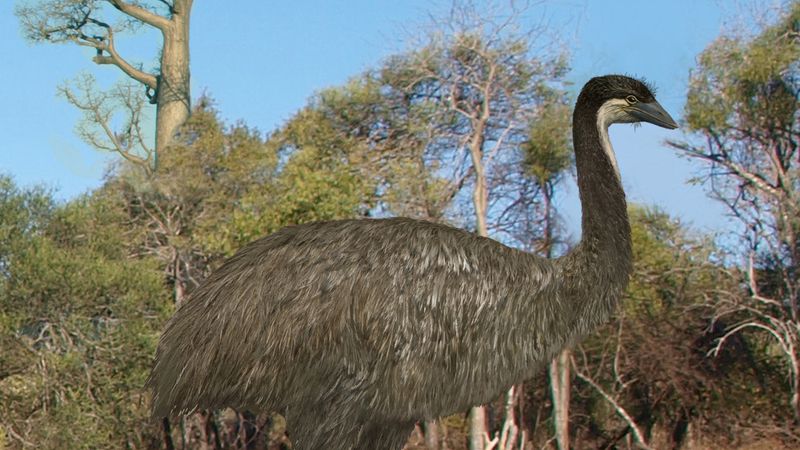
Birds weren’t newcomers when dinosaurs disappeared. They’d been around for millions of years as dinosaurs’ feathered relatives!
Many prehistoric birds had already started moving toward flightlessness. Some species had developed stronger legs and reduced wings long before the extinction. This gave them a head start in adapting to life on the ground after the catastrophe.
3. Islands Provided Safe Havens
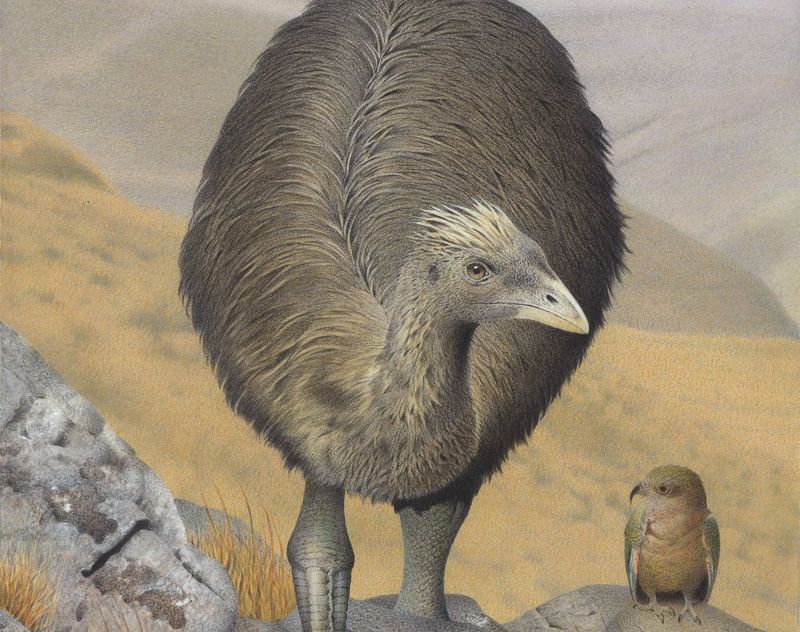
Islands became perfect nurseries for flightless bird evolution. Places like New Zealand, Madagascar, and Hawaii offered sanctuary from dangerous mainland predators.
Once birds flew to these isolated spots, they found little reason to keep their energy-expensive wings. Without mammalian hunters around, they could safely drop their flying abilities and focus on other survival skills instead.
4. Flight Is Energy-Intensive
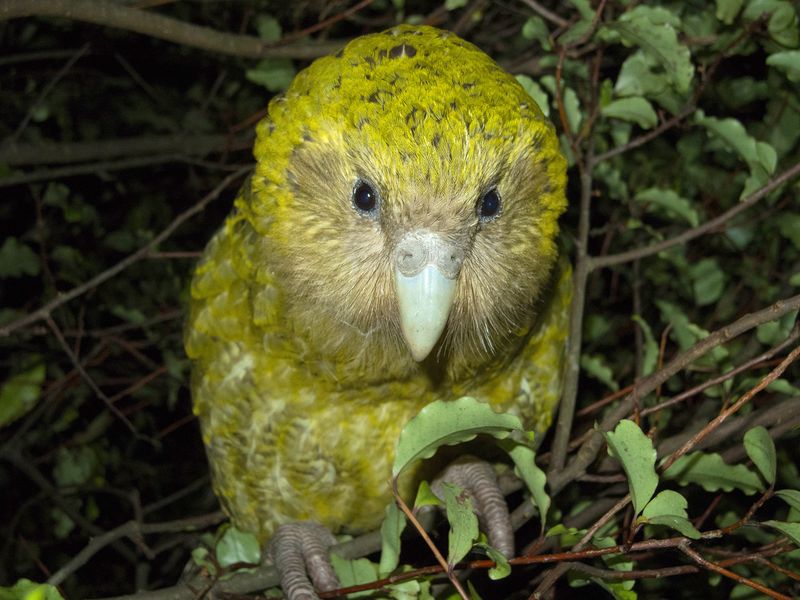
Flying burns tons of calories! Birds need lightweight bones, powerful chest muscles, and specialized feathers just to get airborne.
When predators disappeared, the high cost of maintaining flight equipment became unnecessary. Birds that invested energy in bigger bodies rather than flight often thrived better. This energy-saving strategy allowed them to focus on finding food instead of escaping threats.
5. Large Size Became An Advantage
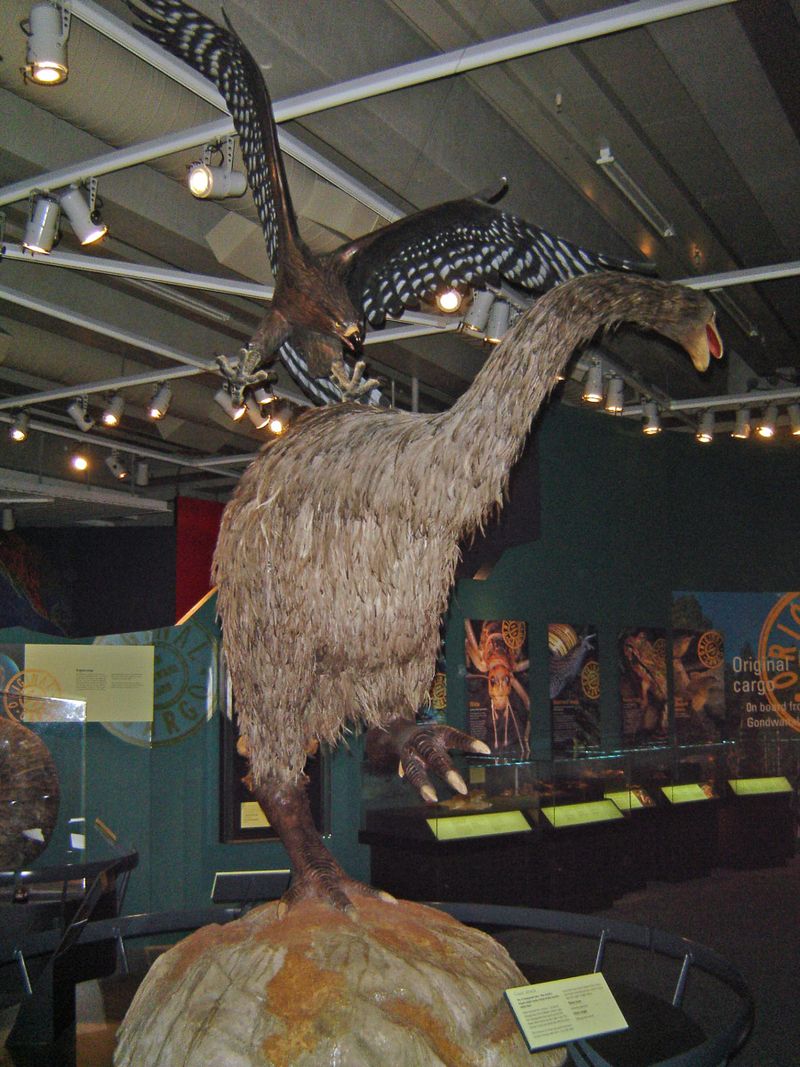
Freedom from flight allowed birds to supersize! The elephant bird grew taller than basketball players, while moas towered over humans.
Being big brought many benefits. Larger animals can regulate body temperature better, defend themselves more easily, and access food sources smaller creatures can’t reach. Giant flightless birds became the new heavy-hitters in ecosystems worldwide.
6. New Plant Life Created Foraging Opportunities
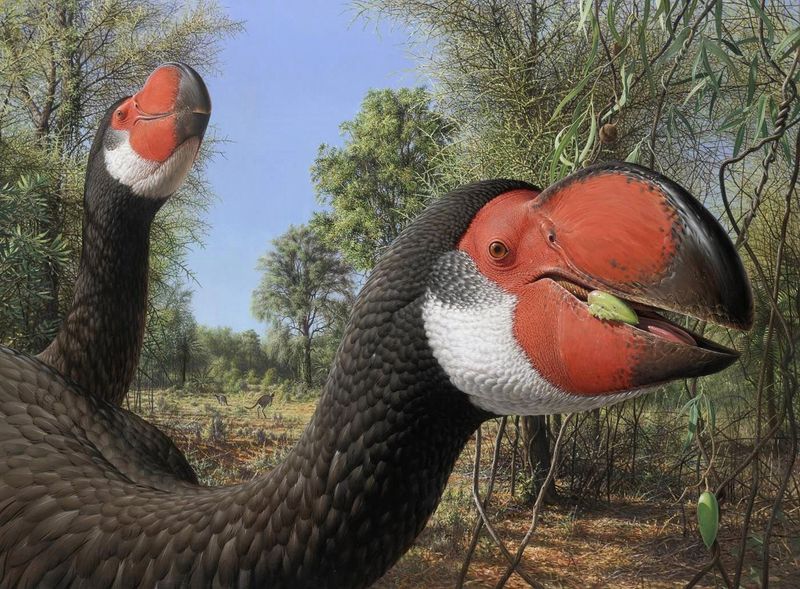
The asteroid impact transformed Earth’s plant communities. Fresh forests and grasslands sprouted, offering new food sources at ground level.
Flightless birds evolved specialized beaks and digestive systems to take advantage of these ground-based meals. Some became fruit eaters, others grazed on new grasses, and some developed powerful beaks to crack tough seeds and nuts.
7. Terror Birds Became Top Predators

Not all flightless birds were peaceful plant-eaters. In South America, terror birds evolved into the scariest creatures around!
Standing up to 10 feet tall with massive hooked beaks, these feathered giants chased down prey like modern big cats. For millions of years, they ruled as apex predators before mammals could evolve to challenge them. Their success shows how adaptable birds truly are.
8. Climate Shift Favored Larger, Ground-Dwelling Species
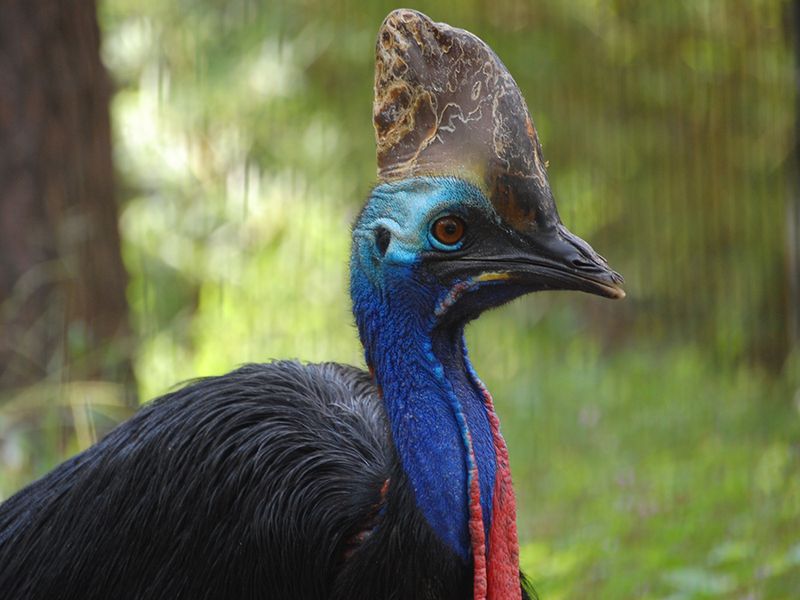
After the extinction event, the Earth’s climate went through significant changes, with cooler temperatures and less atmospheric pressure. This shift favored the evolution of larger, ground-dwelling animals, including flightless birds. The absence of extreme weather pressures and a steady food supply allowed these birds to thrive in their new environments.
9. Fewer Competitors for Resources

With the extinction of dinosaurs and many other species, flightless birds faced little competition for food and territory. Their ability to occupy niches left vacant by larger animals meant they had access to resources without the constant threat of rivals.
10. Rapid Evolution in Isolated Environments
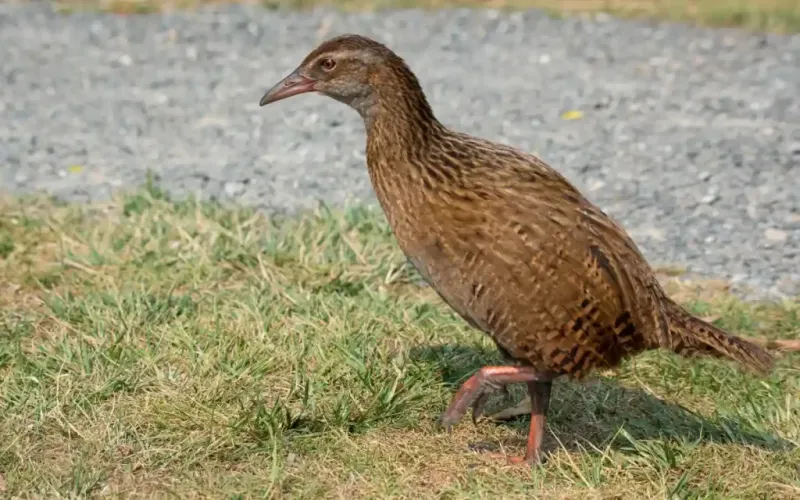
On islands and isolated regions, flightless birds were able to evolve rapidly due to the lack of predators and competition. This isolation fostered specialization, leading to different species adapting to specific environments, like the ostrich in open plains or the kiwi in dense forests.
11. Natural Defenses Took Precedence Over Flight
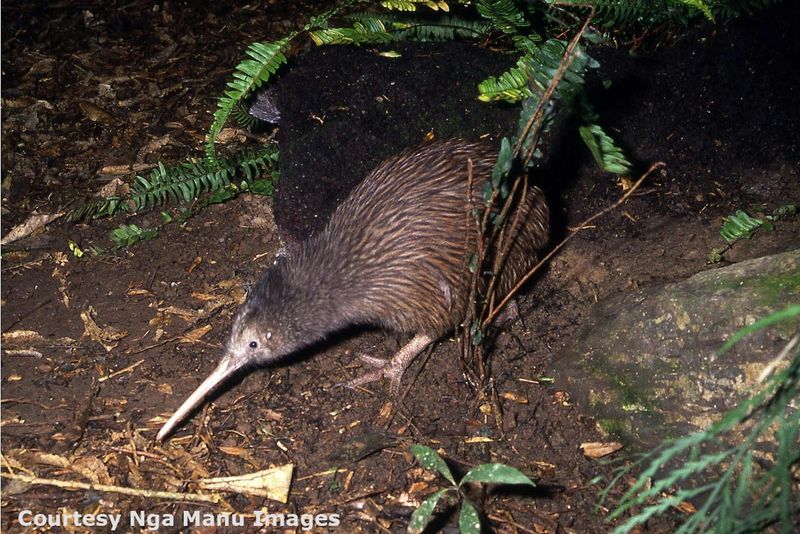
Instead of relying on flight to escape danger, flightless birds developed other defense mechanisms. Their large size, powerful legs, and strong beaks became their primary tools for survival, giving them the ability to protect themselves from smaller predators and rival species.
12. Flightless Birds Helped Shape New Ecosystems
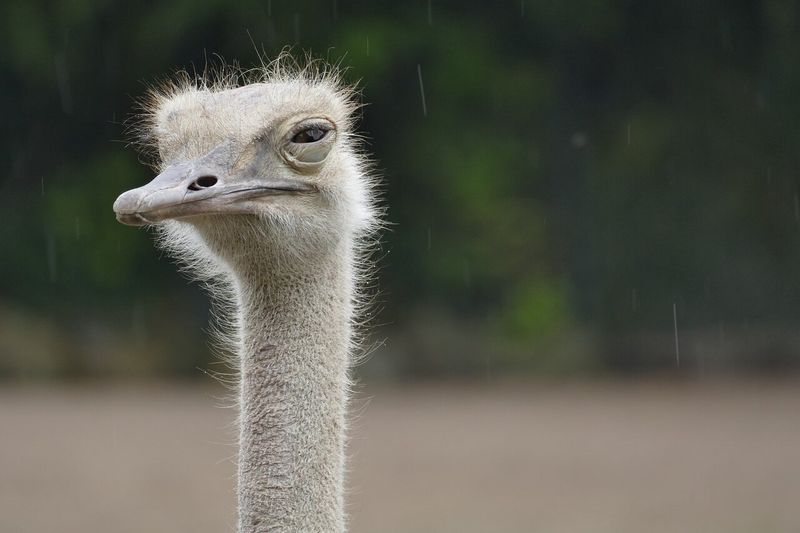
By filling ecological niches once dominated by dinosaurs, flightless birds played an integral role in shaping new ecosystems. Whether as seed dispersers, grazers, or apex predators, their evolution influenced the biodiversity of the post-dinosaur world, ultimately shaping the ecosystems we recognize today.


